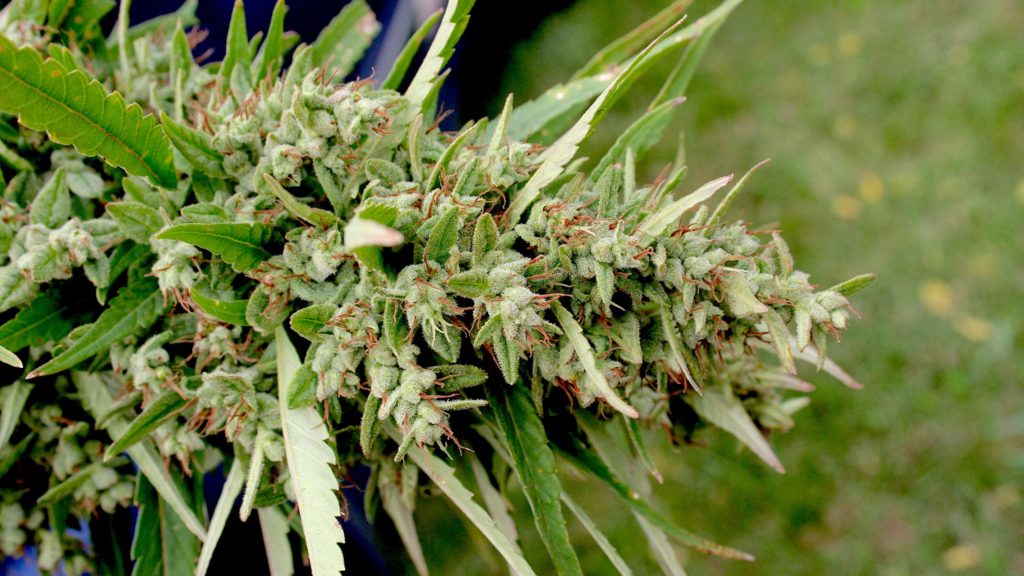There have been many dedicated activists who have contributed significantly to our efforts to end marijuana prohibition over the last five decades. I want to focus this week on a couple of the folks who played a crucial role during the 1970s.
The post A Founder Looks at 50: Richard Wolfe and Gordon Brownell – Two Early NORML Freedom-Fighters appeared first on NORML.
Keegan MacDonald
Posts by 'Keegan MacDonald'
Federal officials have approved Maine‘s hemp cultivation program to align with the proposed U.S. Department of Agriculture’s rules, which take effect Nov. 1 The approval Wednesday means the state’s Department of Agriculture, Conservation and Forestry will have primary responsibility for oversight over hemp cultivation, under the U.S. Department of Agriculture Domestic Hemp Production Program, the […]
An Ohio CBD company has been cited with a public health warning for making products without a state license. The Ohio Department of Agriculture issued the warning to Limitless CBD LLC, which has a processing facility in Avon and offices in Cleveland. The department has not received reports of illness involving the company’s products, but […]
Custom seals can include holograms, QR codes and scratch-off verification codes unique to the product. Photo Courtesy of CannVerify (This is an abridged version of a story that appears in the August issue of Marijuana Business Magazine.) Chinese manufacturers have been knocking off high-end products for years. Now they’ve gone one step further: making counterfeit […]
Kansas State University researchers are studying the effects of feeding industrial hemp to cattle. The research comes from a $200,000 grant from the U.S. Department of Agriculture, KSN-TV reported Wednesday. “Although hemp can be legally cultivated under license in Kansas, feeding hemp products to livestock remains prohibited because the potential for cannabinoid drug residues to […]
Two scientists will lead a third-party consumer research study on the effects of regular CBD use on humans, particularly focused on liver safety. Dr. Keith Aqua, a Miami-based medical doctor, and Dr. Jeff Lombardo, a Buffalo, New York-based pharmacist who specializes in toxicology, are the co-principal investigators for a national clinical trial measuring the potential […]
Missouri’s agriculture officials say the federal government has approved the state’s plan to regulate hemp. The state’s Department of Agriculture announced the approval Wednesday. The state will charge: $750 a year for permits to grow hemp, regardless of acreage. Undetermined fees for sampling and testing. Missouri was among the states that chose to operate the […]
Hemp operators say smokable hemp is one of the fastest-growing and most lucrative segments in the nascent hemp and CBD industry – and market analysts agree, with expectations that the market will experience five-fold growth in the next five years. For 2020, market researchers at Nielsen project sales in the current smokable-hemp market to reach […]
A California proposal to allow hemp extracts in food and beverages has again failed amid broad disagreement on how to allow cannabinoids outside licensed marijuana retailers. The bill would have also set testing and labeling requirements for safety, and to ensure products don’t exceed 0.3% THC levels. But California legislative leaders did not schedule the […]
Panda Biotech has chosen the Texas town of Wichita Falls for a new hemp decortication facility. Former GM plant tapped for hemp decortication in Texas is a post from: Marijuana Business Daily: Financial, Legal & Cannabusiness news for cannabis entrepreneurs








